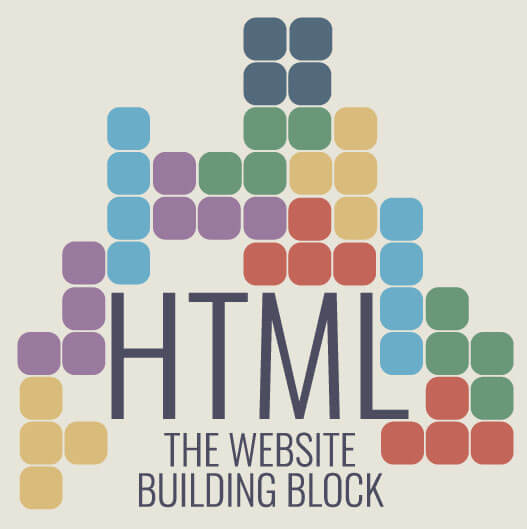
HTML is a coding language used to power almost every single website out there on the World Wide Web. You may not know this, but you interact with HTML and HTML elements every time you browse the internet. Websites like Facebook, Instagram, Ebay, Google, Amazon, Twitter, AFL and more all use HTML as their main “building block”.
HTML – WHAT IS IT?
HTML stands for HyperText Markup Language and is the most common language used to build websites and online applications. HTML allows you to embed images, interactive forms, text, links, quotes and more onto your website and when combined with Cascading Style Sheets (CSS) and Javascript, it becomes a powerhouse used to create some of the most popular and widely used websites online today.
HTML ELEMENTS
An HTML document or web page is made up of nested HTML elements or tags. These HTML elements are components that usually consists of a start and end tag with content inserted between, such as: <open tag> Content </close tag>. For example, for the pages main heading you would use the following:
<h1>HTML – The Website Building block</h1>
The “<h1>” is the opening Heading 1 tag, the “HTML – The website building block” is the content to be displayed and the “</h1>” is the closing Heading 1 tag.
These HTML elements will often be paired with CSS to change how they appear, whether it be changing the colour, changing how big the font is or adding padding and margins for even spacing around each element.
Below you will find a few of the more common HTML elements used in everyday web pages and their uses.
<P> – Paragraph Tag
The HTML <p> element represents a paragraph of text and is most commonly used for text areas, such as this one.
<A> – Hyperlink Tag
A link tag allows you to link to another page or an external resource, such as another website (see www.google.com.au).
<H1> to <H6> – Header Tags
The <h1> to <h6> elements allow you to define HTML headings, with <h1> being the most important heading on the page and <h6> being the least important.
<UL> – Unordered List Tag
The UL tag allows you to create bullet lists and is used together with the <li> (list item) tag to create unordered lists. To create ordered lists (numbered or alphabetical) you would use <ol> instead of <ul>
ONE WITH THE ELEMENTS
These are just a few of the common HTML elements you will see using Websites on an everyday basis. I’m sure you’ve already spotted a few on this website as well!



